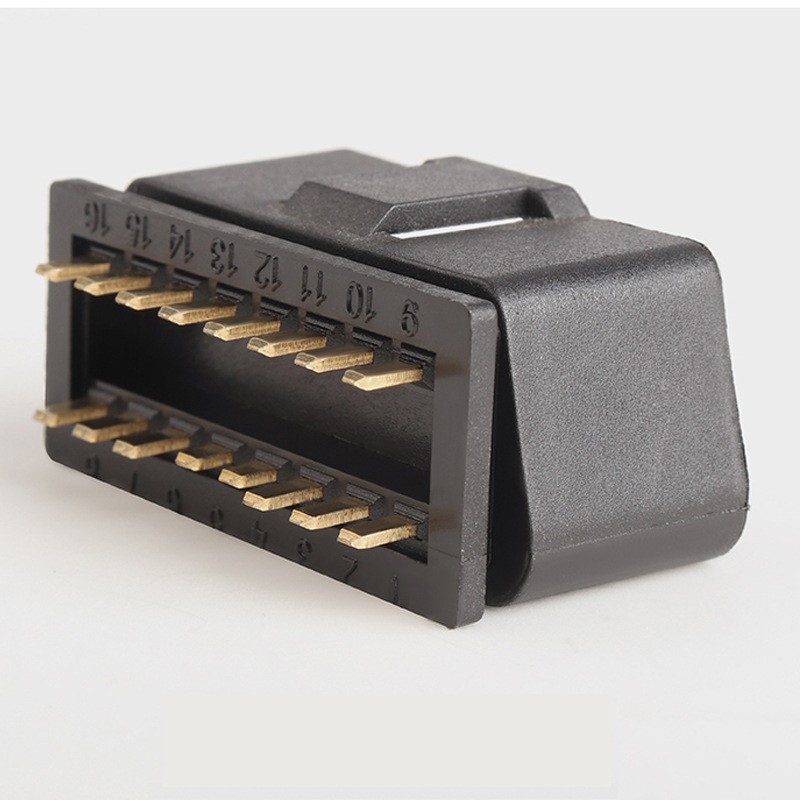There are several different types of OBD II connectors, with the most common being 16 pin and 9 pin connectors. The 16 pin connector is mainly used in automobiles, while the 9 pin connector is mainly used in motorcycles.

The 16 pin connector has 16 pins and can provide various information about the vehicle, including engine, braking, emission control, and fuel system. This information can be transmitted to a computer or diagnostic equipment through the OBD II connector for fault diagnosis and repair.
The 9-pin connector has 9 pins and is mainly used on motorcycles. These pins can also provide various information about the vehicle, including engine, braking, and emission control. Compared to a 16 pin connector, a 9-pin connector has fewer pins, so it cannot provide the same amount of information as a car.
In addition to the 16 pin and 9 pin connectors, there are other types of OBD II connectors. For example, some OBD II connectors have 8 pins, while others have 2 pins. These connectors are typically used in specific vehicles or applications, with different pin configurations and functions.
When using the OBD II connector, there are some precautions to note. Firstly, it is necessary to connect the connectors correctly to ensure accurate transmission of information. Secondly, it is necessary to choose the correct connector type to meet the needs of the vehicle. Finally, safety regulations must be followed to avoid any potential hazards.
In summary, there are various types of OBD II connectors, each with its specific application and function. When using the OBD II connector, it is necessary to select the correct type and connect it correctly to ensure that vehicle information can be accurately transmitted to diagnostic equipment.